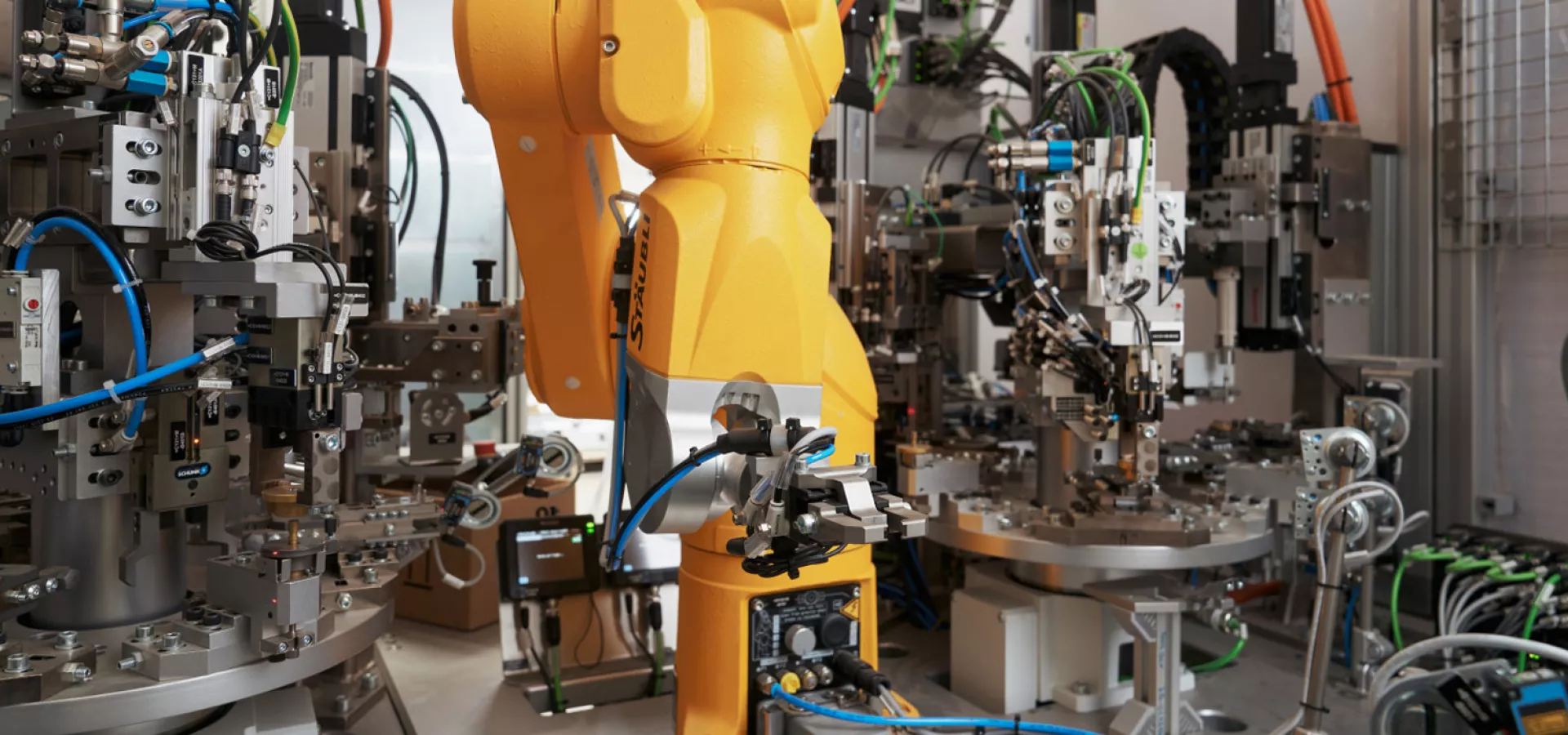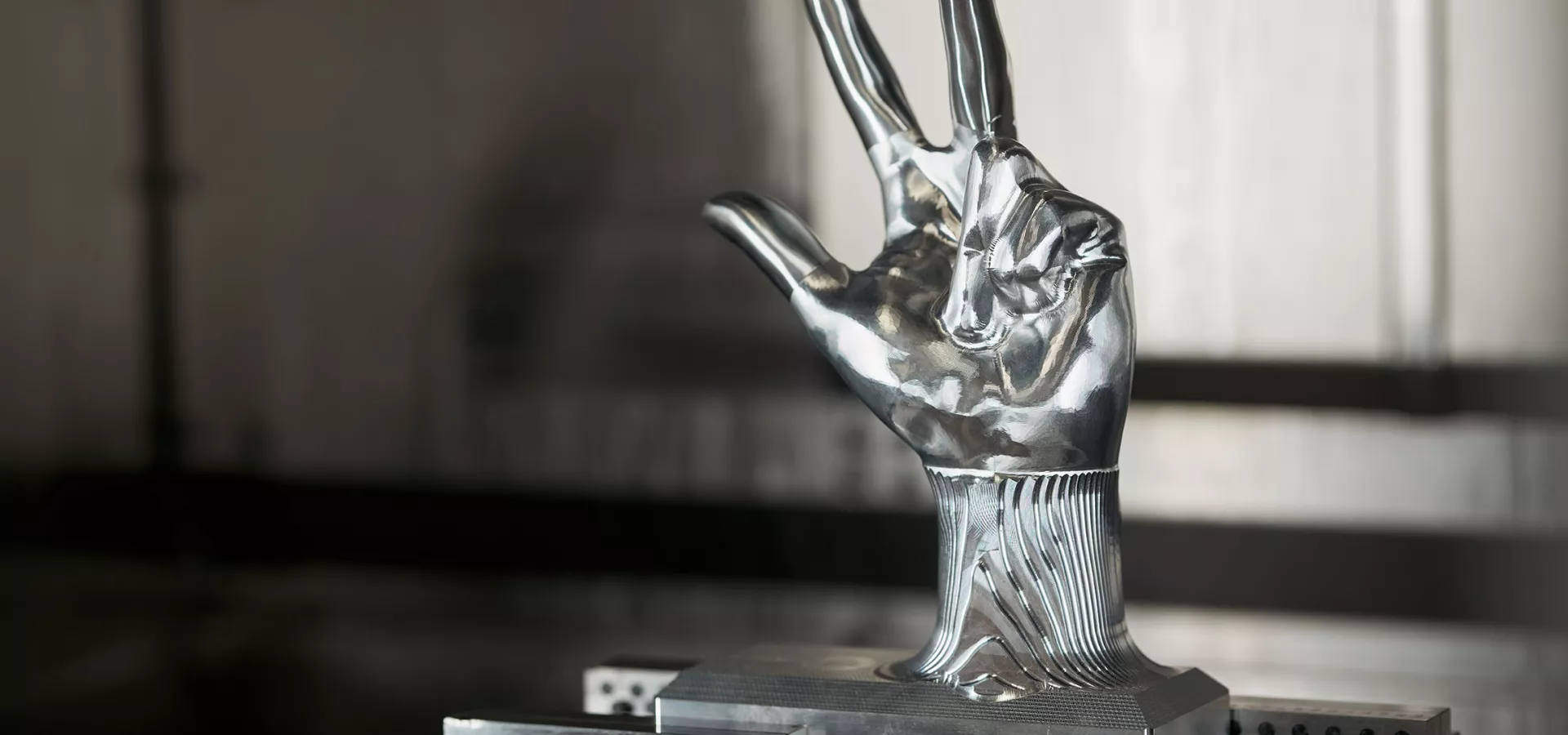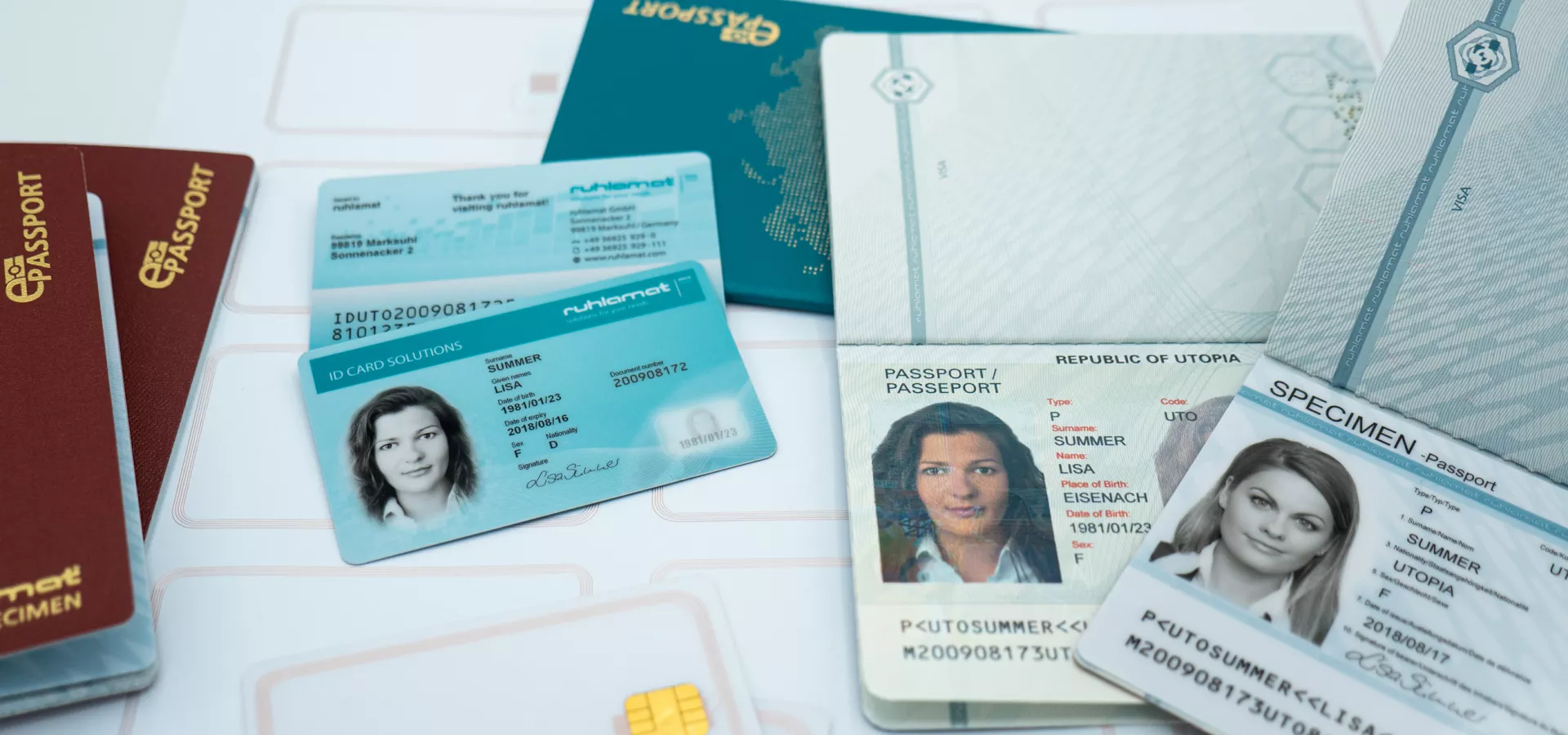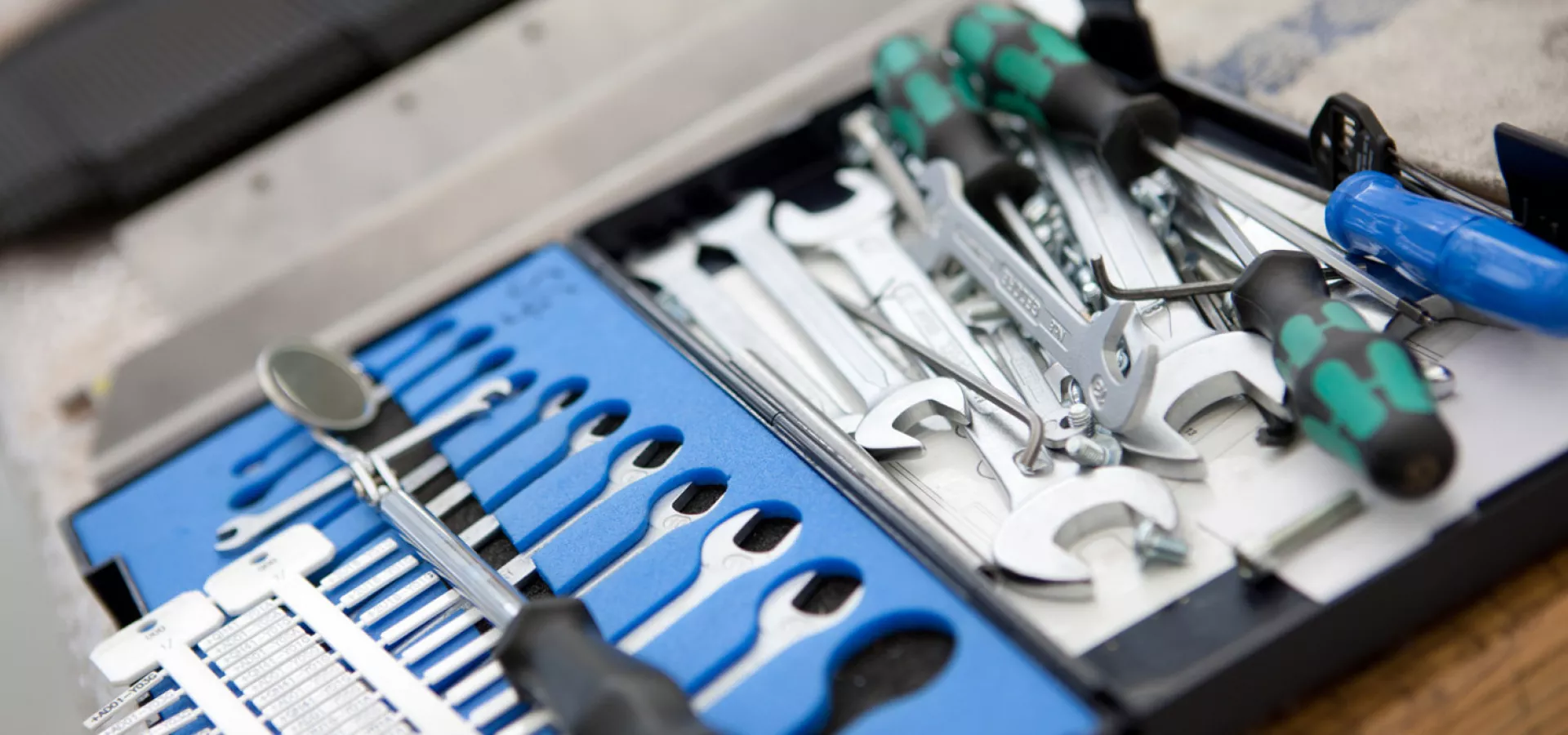
Laser marking
Laser marking is a fast and extremely precise technique with which various materials can be marked or inscribed in large or small quantities. In contrast to laser printing, laser marking does not involve the application of layers of paint or pigments, but rather an actual (punctual) change to the material. Different techniques can be used for this: Engraving, discoloration, ablation, foaming or tempering. The choice of technique for laser marking depends on various factors. For example, the material to be processed determines which technique can be used.
What are the techniques for laser marking?
A particularly frequently used technique in laser marking is so-called annealing. This is a process that is used for materials that discolor when exposed to temperature. A strong laser beam can be used to generate a temperature rise that heats the material and triggers an oxidation process. This in turn produces a discolored surface, i.e. a marking that contrasts in color with the rest of the material. This type of laser marking is primarily used to mark metals. Other options for marking components permanently, precisely and quickly are discoloring and foaming. These two laser marking techniques are used for plastics. Discoloring works in a similar way to tempering for metals: The beam of the laser heats the surface of the plastic to such an extent that it begins to discolor. In foaming, on the other hand, the surface is completely melted (at certain points). This creates small gas bubbles that remain in the resolidifying plastic. They initiate a special light refraction, which makes the marking visible. During ablation as well as engraving, on the other hand, parts of the respective material are removed. This is made possible by particularly strong laser pulses: these are accompanied by such high temperatures that the material begins to melt, vaporize or decompose, depending on the material. What remains is the laser marking, which is not only visible but also tangible.
What are the advantages of laser marking?
Along with labeling, laser marking is now one of the most common processes in terms of labeling and marking. There are several reasons for this: Because the process is computer-aided, it proves to be particularly precise. Even complex shapes or markings can be implemented without any problems. In addition, laser marking is suitable for a wide range of materials: Metals, plastics, glass, wood or even paper and cardboard can be processed using the respective techniques. Another advantage is that the results are permanently durable. A laser marking can neither be wiped off nor removed by solvents or abrasion because it is contained in the material itself. In addition, laser marking is a non-contact process. As a result, wear and tear are minimal and all types of surfaces (shapes) can be processed.
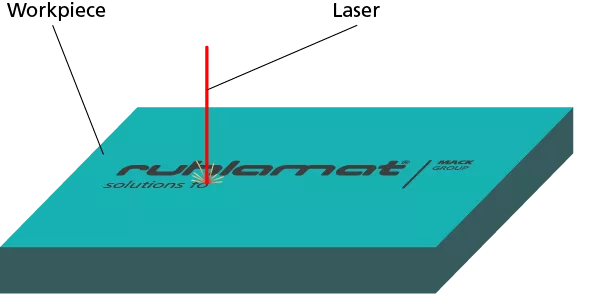
Where is laser marking used?
Laser marking is a very widespread process that is used in various areas. Currently, laser marking is very well known for the labeling of fruits and vegetables from the organic segment. Here, laser marking helps to avoid packaging materials. Laser marking is also used in assembly and in the OEM sector as a fast and precise way of marking components. In addition, card and passport systems can benefit from the use of laser marking: Laser engraving on plastic cards, which can not only be seen but also felt, is a classic example of this.
